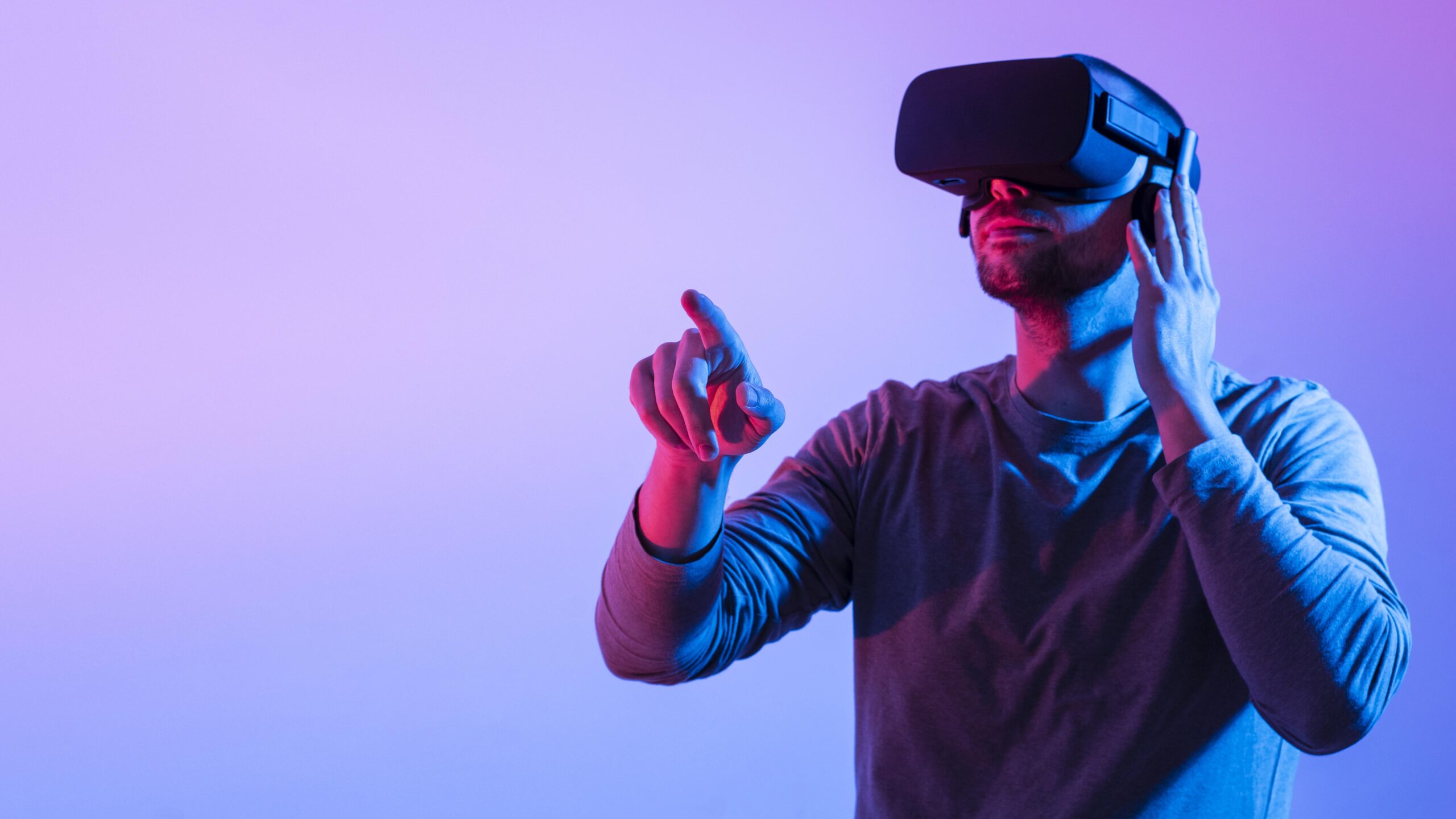
Can Technologies like VR Take Analytics to the Next Level?
Creating “learner-centric programs” is not aspirational anymore. Thanks to cutting-edge technologies like Artificial Intelligence (AI), Machine Learning (ML), and Virtual Reality (VR), organizations are now actively developing learning programs that put their learners first. I believe that this is a significant step in the right direction – but it is also just the beginning of the journey. The true challenge lies in effectively evaluating the outcomes, especially in qualitative areas like language acquisition, communication skills, presentations, and other soft skills.
No conversation about learning effectiveness is complete without talking about Data Analytics. Businesses employ various types of assessments to fuel their Analytics, which in turn improves the learning effectiveness – but the question is, do they need to be relooked at with all the advancements in technology?
I want to take a moment and talk about the most fundamental yet impactful form of assessment – self-assessment – but in the light of the technological revolution and how it continues to be pivotal in the learning industry.
What role exactly does technology play in self-assessment?
With technology lending a helping hand, self-assessments are becoming more accessible, interactive, and engaging for learners, allowing them to document their learning journey, reflect on their progress, and set goals for future development.
However, the age-old “question-answer” format of analyzing progress, I believe, is still the most effective approach to self-assessment. Take the example of Duolingo, one of the most popular language learning apps in the world. It still uses the Q&A format to help learners assess their writing, speaking, and listening skills. It uses AI cleverly to allow learners to self-reflect. It then gives them feedback on many qualitative aspects in real time.
Virtual Reality too, can make big strides if used appropriately. I’m confident that it can take analytics to the next level – especially for language training, where measuring the effectiveness is easier said than done. Think about how useful virtual environments can be to help learners work on their soft skills like public speaking, in-person conversations, or even leadership skills. For example, in one of our recent projects, we used VR simulations to put learners or presentation skills in front of an audience who were programmed to exhibit subtle reactions and body language such as nodding, smiling, or frowning in response to the learners’ performance. If the virtual audience nods to the learner speaking, it is a sign that they are performing well – or if they are yawning, the learner can take notice of such cues and improve in real time.
It’s all about the experience
Measuring qualitative programs will require organizations to think of technology as a great enabler. It is no news that technologies will continue to evolve and improve the quality of learning even more in the years to come. I mean, Generative AWE (Augmented Writing and Editing) and LLMs (Large Language Models) are already disrupting the market as we know it. It’s time organizations realize that creating robust learning programs is just the beginning of the journey.
Adeptus offers technology advisory services and innovative solutions to businesses that are looking to embrace emerging technologies. Learn more about us and see all the exciting projects we’ve done so far.
Authors: @PravinKulange and @AmitKaveeshwar
Explore more blogs
Is the Latest Tech Trend Worth the Investment? 5 Things to Think About Before Jumping on the Bandwagon
